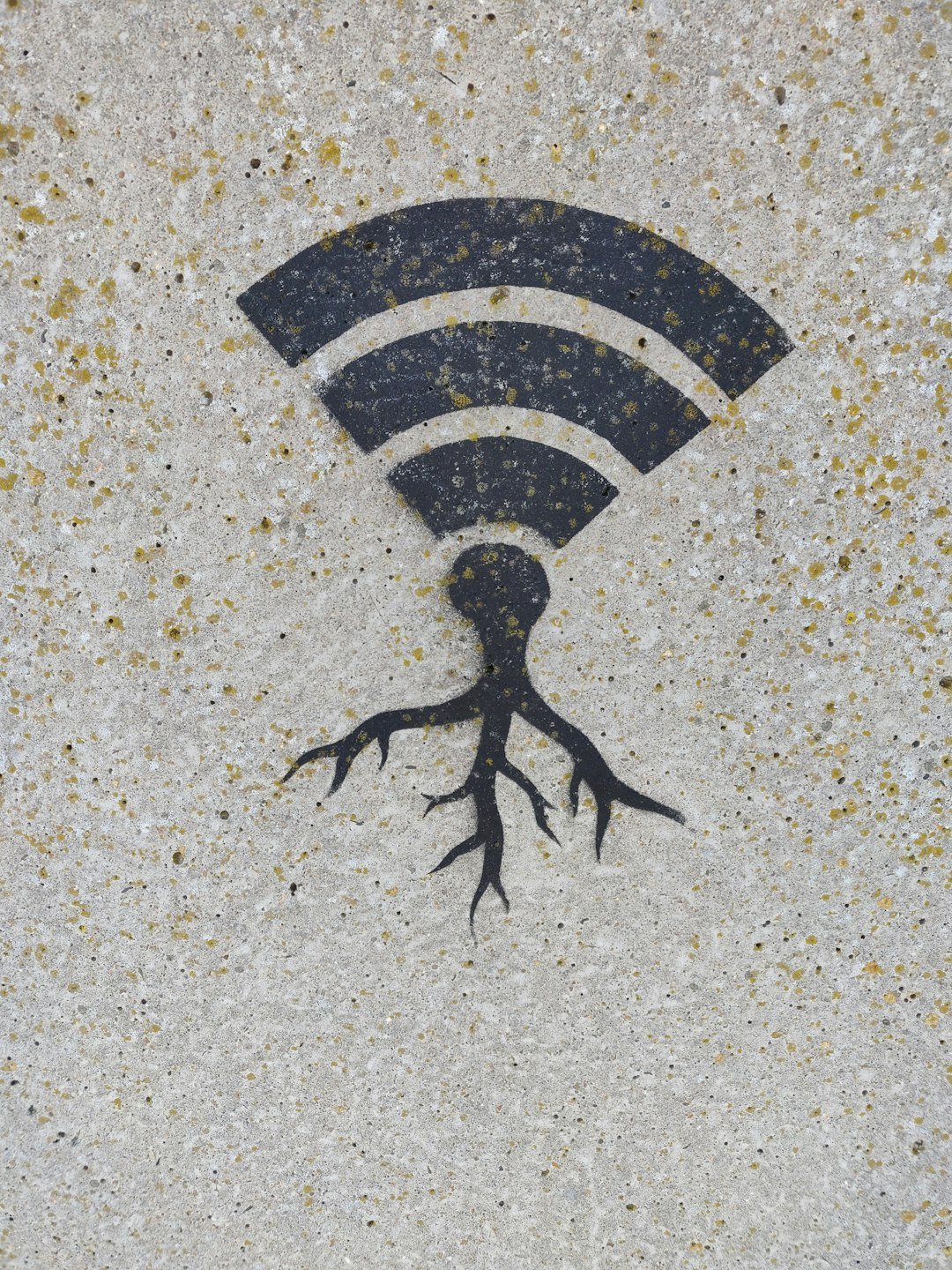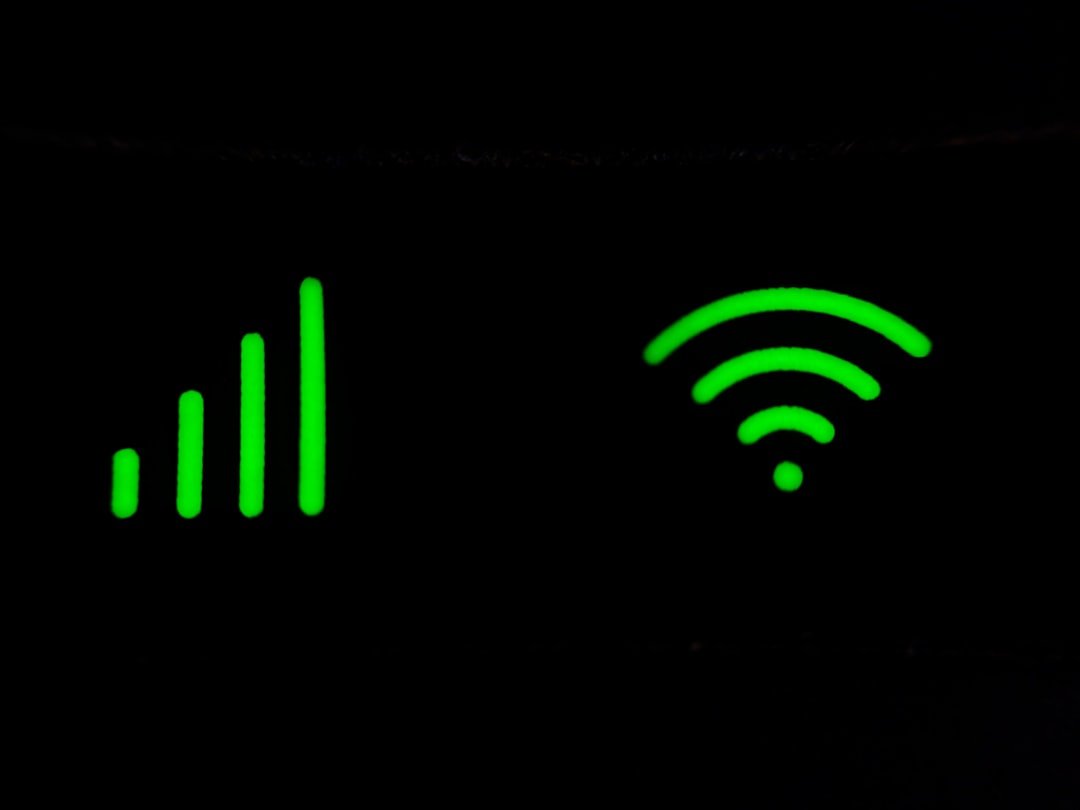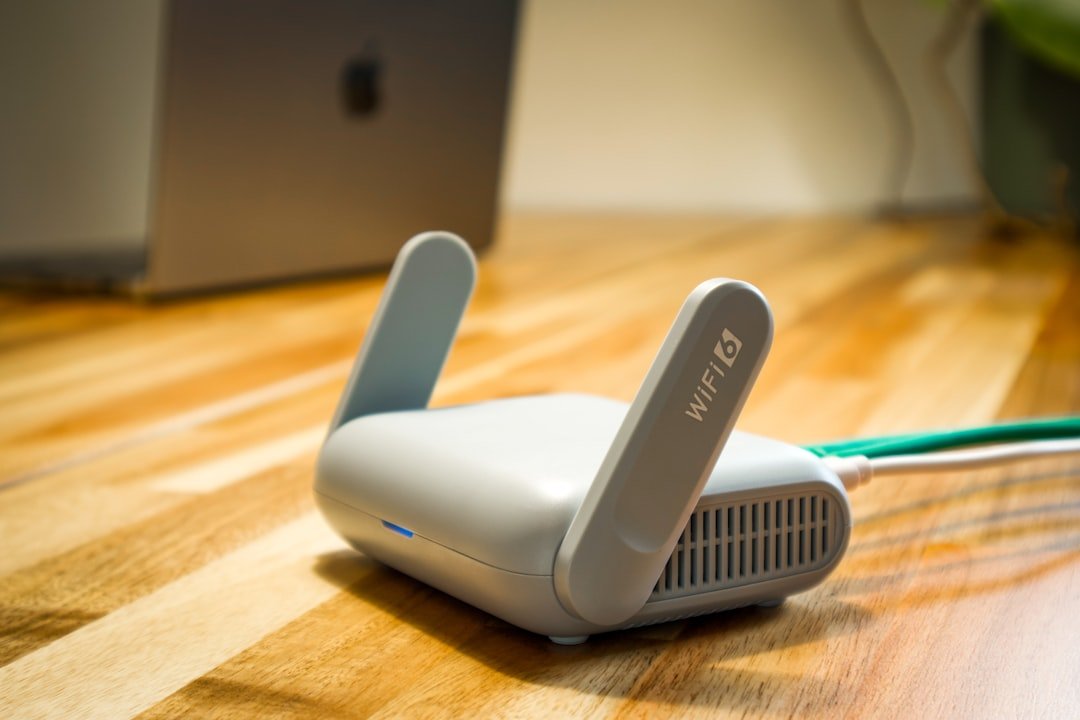Everyone “knows” Wi‑Fi is short for Wireless Fidelity. That tidy phrase has lived in tech folklore for years, repeated in classrooms, on product boxes, and in casual conversations over lattes. But the real story is messier, funnier, and far more revealing about how science meets marketing. Wi‑Fi wasn’t born in a lab notebook as an acronym; it was crafted at a branding table, then swept into the world by a coalition of engineers who simply needed a friendlier label than a mouthful of numbers. Once you see how the name came to be, you’ll spot the clues everywhere – and you might never read a router box the same way again.
The Hidden Clues

Here’s the twist: Wi‑Fi is a trademarked brand name created to make the tongue‑twisting IEEE 802.11 wireless networking standards easier to understand and buy. It doesn’t stand for Wireless Fidelity, and it never truly did. That phrase surfaced later as a tagline, a kind of training wheels for a new idea, and it stuck to the public imagination like gum on a sneaker. The tell is right on the certification seal; it’s a mark of interoperability, not a dictionary definition.
I first ran into this myth in a busy café when a barista insisted the password was “wirelessfidelity” because “that’s what Wi‑Fi means.” I smiled, logged in, and thought about how names steer what we think technology is. A playful, catchy label made a complex engineering achievement feel friendly and near. It also shows how a tiny naming decision can shape a global narrative.
From Standards to a Brand

Before the name, there was the science: the 802.11 family of standards emerging from the IEEE, the global professional organization that formalizes how devices talk over radio. These documents define frequencies, modulation schemes, data rates, and the rules for playing nicely in crowded airwaves. What they didn’t define was a simple way to tell non‑engineers what to buy. So industry leaders formed what became the Wi‑Fi Alliance to test devices and certify that your laptop could chat with your router without drama.
The alliance hired a naming firm to build a public‑facing identity, and “Wi‑Fi” – echoing the snappy familiarity of “Hi‑Fi” – won. The name separated the consumer experience from raw standard numbers, the way car model names stand apart from engine codes. With that, a clean badge promised that gadgets would actually work together. It turned a standards war into a shopping decision.
The Marketing Misstep That Stuck

If Wi‑Fi isn’t an acronym, why do so many people believe it is? Early promotional materials leaned on the phrase “wireless fidelity” as a friendly explanation, and the world mistook the tagline for the truth. It’s easy to see why: the rhyme felt right, and people love a tidy backronym. The correction never traveled as far as the myth.
Language builds grooves; once a phrase slides in, it’s hard to steer it out. Tech support scripts, school worksheets, and even some manuals repeated the line until it hardened into “fact.” That’s not a scandal so much as a reminder that science communication is a moving target. A good name can win the market – and accidentally rewrite the origin story.
Science Under the Hood

Strip away the nickname and Wi‑Fi is radio, exquisitely engineered. Devices send data as patterns of energy across unlicensed bands – first 2.4 gigahertz, then 5 gigahertz, and now the roomy new neighborhoods of 6 gigahertz. Multiple antennas blend and separate signals using MIMO and beamforming, carving invisible corridors through noisy rooms. Newer generations add clever tricks like OFDMA and multi‑link operation to cut delay and juggle more devices at once.
By 2025, “Wi‑Fi 7” equipment – mapped to the IEEE 802.11be standard – has arrived with wider channels and turbo‑charged multi‑link connections. That mouthful is precisely why the simpler name endures. The badge hides complexity the same way a good map hides the math of cartography. You don’t need to parse modulation schemes to stream a movie; you just need the logo.
Why It Matters

Names shape policy, purchasing, and education. When people assume Wi‑Fi is a single technology rather than a living family of standards, they miss why some routers handle apartments full of devices better than others. They also conflate “fidelity” with audio or visual quality, when the real issue is reliability, latency, and coexistence in shared spectrum. Clear language changes how we set expectations and how we troubleshoot.
There’s a practical side, too: the Wi‑Fi Alliance certifies interoperability, but it’s not the same as the IEEE drafting the rules. Confusing brand with standard can lead to mismatched gear and frustrated users who blame the wrong thing. Understanding the difference helps consumers ask better questions and policymakers craft smarter spectrum regulations. Precision in naming isn’t pedantry; it’s a tool for better decisions.
Global Perspectives

Wi‑Fi is a global brand, but spectrum is local. Regulators in different regions open different slices of the airwaves, which is why a router sold in the United States might behave differently from one sold in parts of Europe or Asia. Some countries authorize all of the 6 gigahertz band, while others release only a portion, and outdoor use can be restricted or enabled by automated coordination systems. The logo on the box travels well, yet the rules under the hood can change with the map.
Language plays its own game across borders. In many markets, the shorthand “Wi‑Fi” eclipsed the underlying 802.11 label so completely that translations treat it like a common noun. That’s helpful for adoption but tricky for education, where students still need to learn why channels crowd and why 2.4 gigahertz reaches farther than 5 or 6. Global brand, local physics: that’s the real pairing.
The Hidden Costs of a Catchy Name

Cute names can conceal trade‑offs. When a router promises a big number on the box, that figure often adds theoretical speeds across multiple bands, not what a single device will ever see. People expect miracles, then blame the network when walls, neighbors, and microwaves do what physics says they will. The friendlier the name, the easier it is to miss the fine print.
Security wears a similar disguise. Most modern devices support WPA3, which raises the bar against casual attacks, but safe networks still depend on updates, good passwords, and sensible defaults. A tidy badge can’t patch a neglected firmware or a router left on factory settings. The name starts trust; habits keep it.
The Future Landscape

Looking ahead, Wi‑Fi will feel less like a single lane and more like an expressway interchange. Wi‑Fi 7’s multi‑link capabilities let devices hop between bands in real time, balancing speed and reliability for gaming, telemedicine, and immersive work. Coordinated use of the 6 gigahertz band with automated frequency systems will make standard‑power outdoor links practical in more places. Expect routers to act more like conductors than amplifiers, orchestrating dozens of streams with split‑second timing.
The bigger story is coexistence, not competition. Home networks will blend Wi‑Fi with cellular and even new short‑range sensors, choosing paths dynamically based on congestion, cost, and energy use. Industrial sites will lean on deterministic Wi‑Fi features for robots and time‑critical control, while public venues push for lower latency at massive scale. The name won’t change, but what it quietly contains will keep expanding.
What You Can Do

Start by retiring the myth. When someone says Wi‑Fi means Wireless Fidelity, gently explain that it’s a brand for devices certified to interoperate using IEEE 802.11 standards. Check your own gear: enable automatic updates, turn on WPA3 if your devices support it, and rename crowded 2.4 gigahertz and speedy 5 or 6 gigahertz bands so you know which is which. If you’re shopping, look for the generation name that matches your needs, not just the biggest number on the box.
Support science‑based spectrum policy in your community and schools by encouraging accurate terms in curricula and public guides. Share one simple takeaway: Wi‑Fi is a friendly label for a sophisticated, evolving family of radio technologies, not an acronym from a bygone era. Then ask yourself, the next time your phone connects in a café: now that you know what’s behind the name, what story will you tell?

Suhail Ahmed is a passionate digital professional and nature enthusiast with over 8 years of experience in content strategy, SEO, web development, and digital operations. Alongside his freelance journey, Suhail actively contributes to nature and wildlife platforms like Discover Wildlife, where he channels his curiosity for the planet into engaging, educational storytelling.
With a strong background in managing digital ecosystems — from ecommerce stores and WordPress websites to social media and automation — Suhail merges technical precision with creative insight. His content reflects a rare balance: SEO-friendly yet deeply human, data-informed yet emotionally resonant.
Driven by a love for discovery and storytelling, Suhail believes in using digital platforms to amplify causes that matter — especially those protecting Earth’s biodiversity and inspiring sustainable living. Whether he’s managing online projects or crafting wildlife content, his goal remains the same: to inform, inspire, and leave a positive digital footprint.




